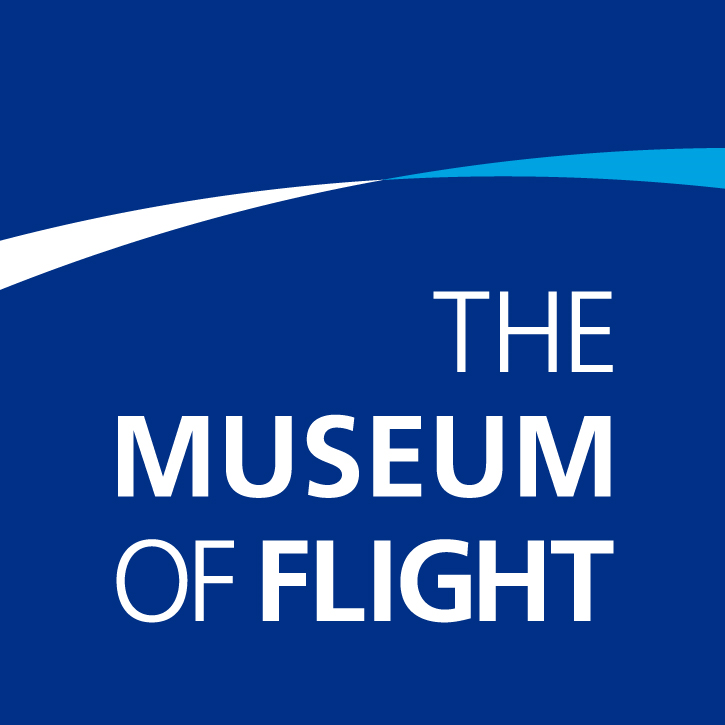Baker, Sydney J., 1930-2022
Dates
- Existence: 1930 January 26 - 2022 September
Biographical Note: Sydney J. Baker
Sydney J. Baker was an aviation engineer who worked for Vickers-Armstrongs, Canadair, and the Boeing Company.
Sydney James Baker was born in London, England on January 26, 1930 to Sydney Baker (a bunting factory owner) and Esme Perrett (a shopkeeper’s assistant). When he was young, his family moved to Surrey, England. Nearby was a Vickers-Armstrongs airdrome as well as a racetrack which inspired an interest in aviation and cars. During World War II, his father volunteered for the Royal Observer Corps. Baker would help his father and the other men identify aircraft carrying out bombing missions against England. At about age seven, he left home to attend Sevenoaks grammar school, a boarding school in Kent, England. At the age of 12, he received his glider’s license. He became an instructor at age 14, helping to teach injured fighter pilots how to fly again.
After graduating from Sevenoaks, Baker returned to Surrey. Wanting a hands-on job, he joined Vickers-Armstrongs as an apprentice where he specialized in making wind tunnel models. He attended the local college at the same time. Once he finished his college coursework, he was drafted into the British Army and served with the Parachute Regiment. Once he had completed his military service, he returned to Vickers-Armstrongs as a flight test engineer but now located in Adelaide, Australia. His projects included the Supermarine Scimitar and developing guided missiles for the Weapons Research Establishment in Australia.
When his projects in Australia had concluded, he returned to England, but did not want to stay there permanently. Wanting to relocate to Canada, Baker accepted a position with Canadair, where he worked on the Sparrow missile. When the program was canceled in 1959, he accepted a job offer with the Boeing Company and moved to Seattle, Washington. Among the projects he worked on during his career at Boeing were the CIM-10 Bomarc missile, the Minuteman missile, the AWACS (Airborne Warning and Control System) program, and the AOA (Airborne Optical Adjunct) program.
Following his retirement from Boeing in 1996, Baker became a docent for The Museum of Flight. He later joined the Museum’s aircraft restoration team and was instrumental in helping to restore the tail section of T-Square 54, the Museum’s B-29 Superfortress. His love of cars also continued throughout his life; he was an amateur car racer and restored old Porsches.
Baker married his wife Janet Keast, a nurse, in 1953 and they had two children, Mary and John. Baker died in September 2022.
Biographical sketch derived from oral history interview, information provided by interviewee, and obituary.
